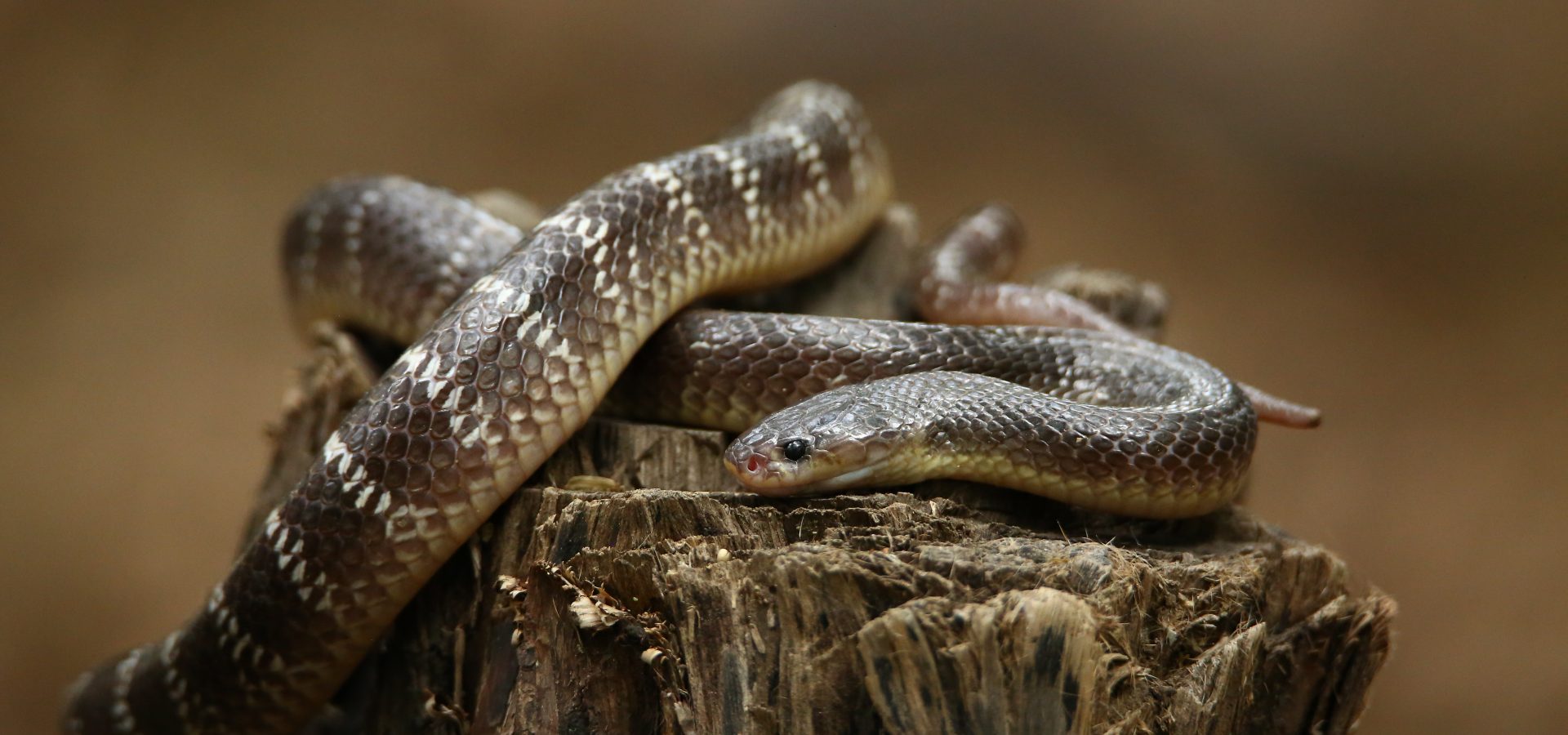Lord Voldemort’s deadly snake companion, Nagini, was responsible for many terrifying moments in the Harry Potter series. The portrayal of snakes in the series has time and again depicted a significant, yet mysterious role. Stepping out of the reel world, and into the real world – we can all agree that snakes are one of the most enchanting, but misunderstood creatures. The word itself brings about a brew of feelings like fear and admiration. We often misinterpret the nature of this species. While on one hand, we fear and consider them to be ill omens, on the other hand, we worship them as deities.
Snakes of India
The planet is home to almost 3,400 living species of these carnivorous reptiles. Snakes have established populations in fossorial, arboreal, terrestrial, and aquatic environments across all continents except Antarctica. Bestowed with exceptional biological diversity, snakes are no exception in India. Nearly 300 snake species inhabit the varying habitats across the country, of which more than 60 are venomous, 40+ mildly venomous, and about 180 non-venomous. The species fall under four families – Colubridae, Elapidae, Hydrophiidae, and Viperidae.
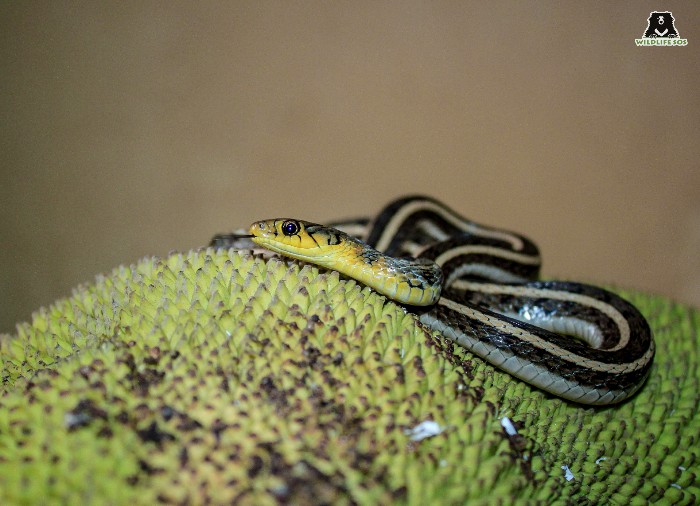
- Colubridae – Evolved about 35 to 55 million years ago, this is the largest and most diverse family of snakes. Consisting of rear-fanged snakes, most of them are non-venomous in nature. The family comprises snakes such as keelbacks, rats snakes, wolf snakes, and trinket snakes. What sets them apart from other snakes is the presence of Duvernoy’s glands on either side of the head behind the eyes – which are homologous to the venom gland.
- Elapidae – Fairly newer in terms of the evolution, these snakes have the unique characteristic of possessing two upring, fixed front fangs. Generally veonomous, one can easily recognise them by their threat display of spreading neck flaps. Distributed throughout India, mostly kraits and cobras fall under this family.
- Hydrophiidae – Snakes in this family have adapted to a marine way of life and have evolved the ability to swim effectively and excrete salt. Majority of them are highly venomous with relatively short fangs. This family consists of species of coral snakes and sea snakes.
- Viperidae – Snake species in this family possess long, hollow, rectractable fangs which allow easy injection of venom in the prey. Most of them have keeled scales and slit-shaped, elliptical pupils. The family comprises vipers, which are widespread on the Indian mainland.
The Big Four
Based on dentition or placement of teeth in the jaw, snakes fall into four categories, namely – Aglyph, Opisthoglyph, Proteroglyph, and Solenoglyph. Aglyphous snakes lack any specialised teeth and are generally non-venomous, with a few exceptions. Opisthoglyphous snakes possess fangs at the rear end of maxillae and are thus known as rear-fanged. Falling under the family Colubridae, most of these snakes are venomous. Unique to elapids, proteroglyphous snakes have fangs in the front, resembling hollow needles. Lastly, solenoglyphous snakes possess the most advanced venom delivery mechanism, generally found amongst vipers. One can generally correlate dentition in snakes with their venom-producing nature and evolutionary lineage.
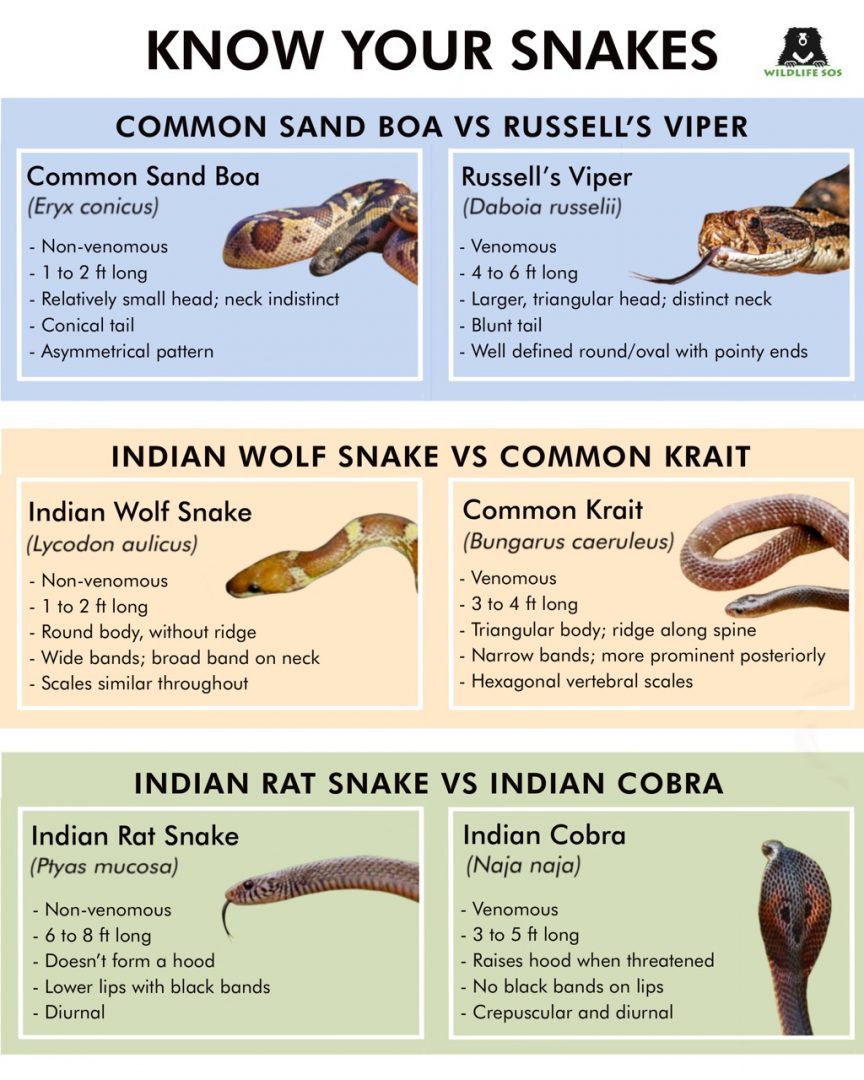
Each of the 60+ venomous Indian snake species has its own signature cocktail of toxins running through its fangs. Of the terrestrial venomous snakes, four species are widespread on the Indian mainland – also known as the “big four.” They include spectacled cobra (Naja naja), common krait (Bungarus caeruleus), Russell’s viper (Daboia russelii), and saw-scaled viper (Echis carinatus). These paramount species are responsible for the majority of the mortality and injury cases in the country.
Science & Functioning of Snake Venom
The formation and functioning of snake venom holding and releasing apparatus have been a subject of evolutionary studies for decades. Venomous snakes inject toxins using their fangs, which are specialised, hollow teeth. These fangs have grooves or canals that guide the venom from the oral gland to the bite wound on the prey. Every venomous snake possesses a venom gland, which synthesizes and stores a myriad of toxins. It is a modified parotid salivary gland, located behind the eye.
Venom has an important role to play when it comes to hunting prey. Snakes use their lightning-quick bite to inject venom for killing, incapacitating, and paralysing prey species like birds and rodents. Moreover, serpents even use venom for defence against predator species. Due to the presence of specific enzymes, venom holds the ability to damage innard tissues and the nervous system of the victim. This handy conduit for venom delivery is thought to have evolved strategically in the respective snake species.
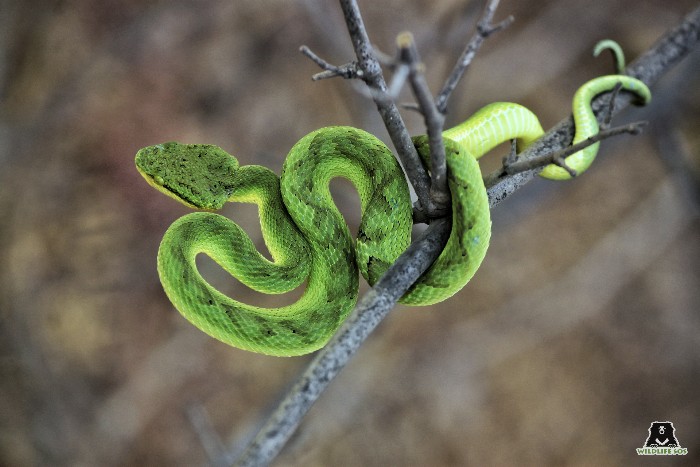
Composed of a variety of proteins, enzymes, anti-coagulants, neurotoxins, and other substances, snake venom is a complex mixture. Venom in all venomous species can be classified into three major categories namely – neurotoxic, hemotoxic, and cytotoxic. These are divided of the basis of their target or impact regions in one’s body, for instance –
- Neurotoxic venom harms the brain and nervous system.
- Hemotoxic venom disrupts blood clotting, thereby impacting the cardiovascular system. It also causes degeneration of organs and tissue damage throughout the body.
- Cytotoxic venom causes severe pain by impairing the tissues on a molecular level.
Snake Bites & Anti-venom
Being the country with the second-largest population, without a doubt, the human population has established itself into each and every niche – including those inhabited by wildlife. Various human habitations overlap with areas laden with large snake populations. Owing to the overlap, their interaction is inevitable and the biggest cause of human-wildlife conflict. Snakebite in India causes the highest annual death rates (58,000) and disabilities (four times the death rate) than any other nation. In the past 20 years, nearly 1.2 million people have lost their lives as a result of snakebites. Considering the problem of snakebites in numerous countries across the globe, WHO designated it an NTD, or a Neglected Tropical Disease.
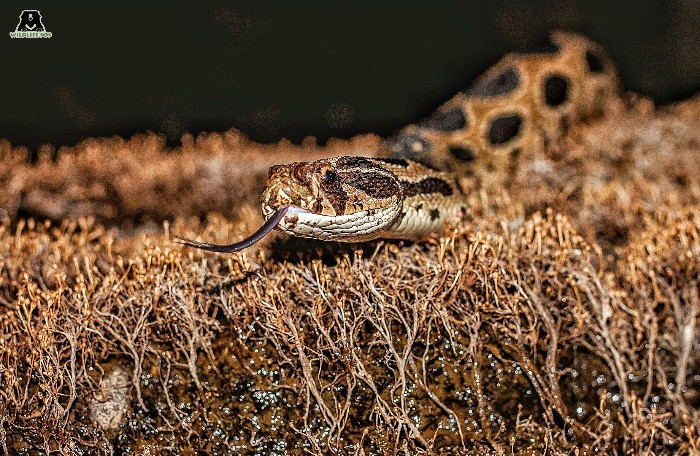
In the past decade, the significant use of snake venom has come to light as it is used to produce antivenom and treat various diseases. Unfortunately, despite the dire need, the lack of antivenoms is widespread throughout. Due to their popularity, commercially available antivenom is available only for the aforementioned species. Routinely, the “big four” antivenom is used for any and all snakebite-related treatments. The antivenoms beyond the big four are ineffective with very little success.
Snake bites may cause internal bleeding or multiple organ failure including heart, respiratory system, and kidneys. Additionally, it may even lead to paralysis or death of the person. In case of a snake bite, the only recommended and acceptable treatment is the timely administration of adequate dosage of antivenom. The Polyvalent Antivenom Serum, available in government centres across India, neutralizes the injected venom of especially the “big four” snake species. Please note that sucking out venom from a snakebite only hastens the venom’s passage into one’s bloodstream.
What must you do in case of an encounter?
Due to rampant encroachment of natural habitats, fragmentation, and deforestation, reptiles from the wild are compelled to move to urban areas. Encounters with wild, potentially venomous snakes are common in metropolitan cities like Delhi, Mumbai, Ahmedabad, and Hyderabad. Hence, awareness and preparedness are the two utmost steps one can take to avoid such morbid situations. One must learn about the avoidance behaviour of the species, especially those inhabiting the rural and agricultural lands. We must also promote awareness about the local species and relevant facts about them.
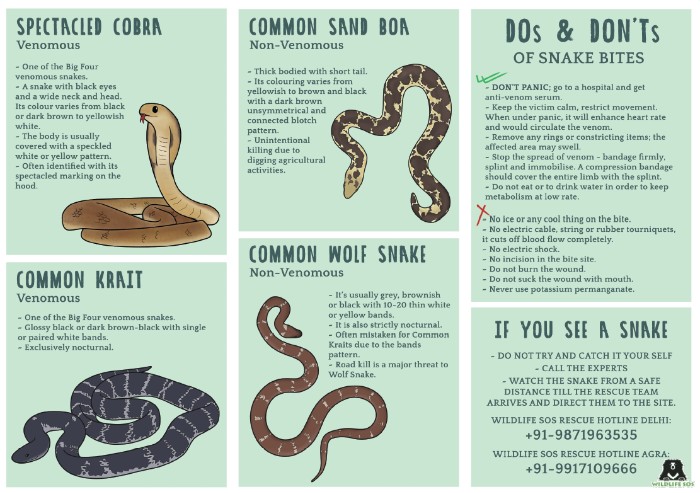
In case you encounter a snake, maintain a safe distance. Remember that the reptile will not bother if left alone and it shall only charge if provoked or threatened. Moreover, handling the poor snake will only lead to unfortunate consequences as it takes immense practice and patience. We advise one to reach out to the nearest rescue organisations.
Wildlife SOS rescue hotlines operate out of Delhi-NCR (+91-9871963535), Mathura and Agra (+91-9917109666), Vadodara (+91-9825011117), and J&K (+ 91-7006692300). Our 24×7 Rapid Response Unit successfully rescues thousands of reptiles each year. If spotted in areas where Wildlife SOS does not have active rescue helplines, please contact the local Forest Department at the earliest.

